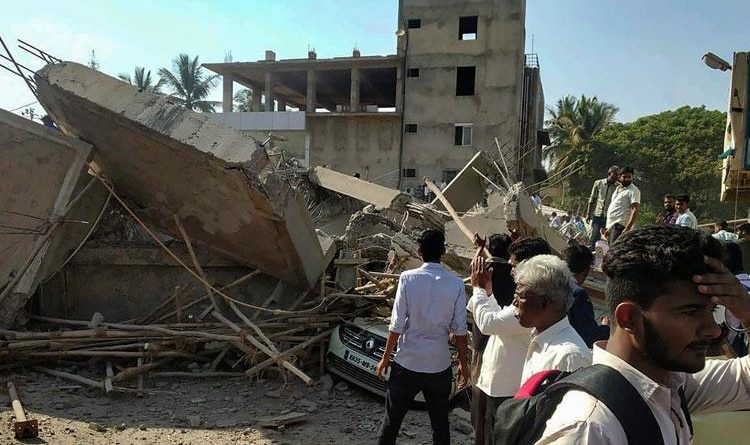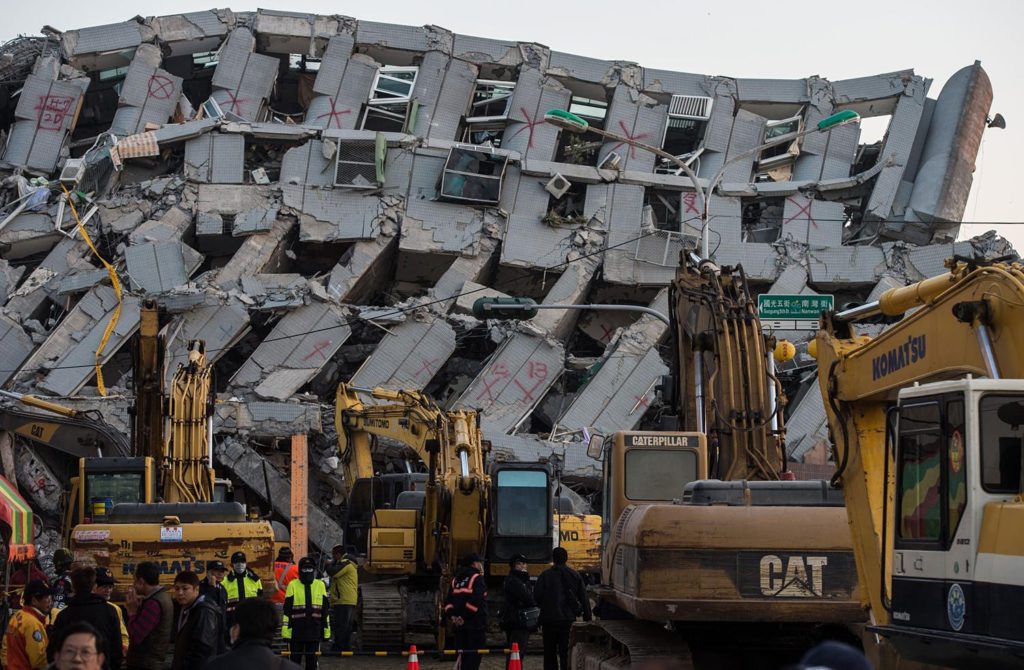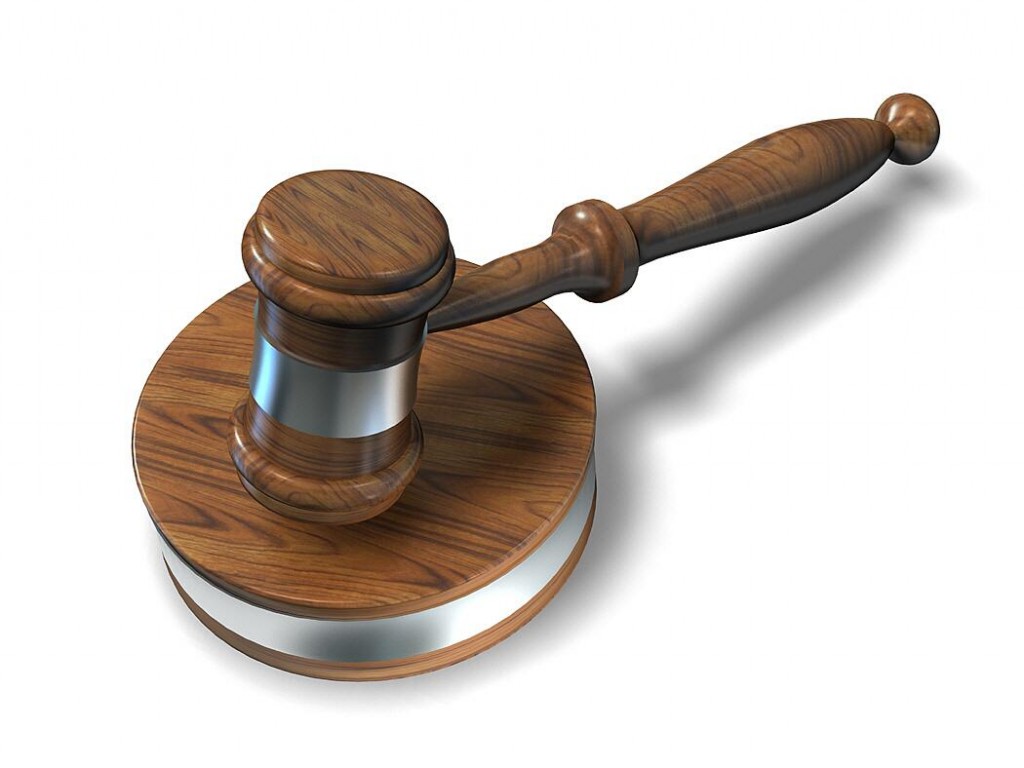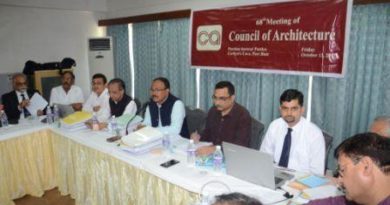CoA | ARCHITECT’S PROFESSIONAL LIABILITY

How and when is an Architect considered liable for deficient services? The Council of Architecture being a statutory body regulating the Architectural Profession and Education in India, has prescribed guidelines on “Architects Professional Liability”. These guidelines have been described under the following headings:
What is professional liability of Architects in India?
What are the owners duties regarding their building ?
For how long is an Architect liable with regard to a building?
When is an architect not liable in case of building damage or collapse?
What does professional negligence mean?
What does deficient service mean?
What is professional misconduct of an Architect?
When and by whom can action be initiated against an Architect liable for deficient service?
What disciplinary action is taken against an Architect guilty of professional misconduct?
WHAT IS PROFESSIONAL LIABILITY OF ARCHITECTS IN INDIA?
The question of “Professional Liability of Architects during the post completion period of a project (when the building remains under the control and management of owners/occupants and not under the superintendence of the architect who was originally engaged for the design and supervision of construction), has vexed the Council for many years. Because, in many cases, legal action has been taken against Architects (whenever a building or any other built-form of which they are the Architect collapses), before even an enquiry is made into the circumstances leading to the collapse. And most times, the accused Architects were unconnected with the reason behind the collapse of the building, because in reality, the longevity and stability of the building are dependent on the observance of safety and maintenance norms especially after the completion of the building.
The resulting disrepute, embarrassment and mental agony caused to the innocent Architects has prompted the COA, in it’s 40th meeting, to redefine the Professional Liability of an Architect. These guidelines have been formulated to make the Architects and Owners/Occupants of the buildings aware in what manner and under which circumstances an Architect should be held responsible for a negligent act or deficient services, and they also highlight the owners/occupants duties and responsibilities in preserving the longevity of a building.
WHAT ARE THE OWNER’S / OCCUPANT’S DUTIES AND RESPONSIBILITIES WITH REGARD TO THEIR BUILDING?
The Owner/Occupant, upon the completion of the building shall maintain it properly to safeguard and preserve the longevity of the building.
FOR HOW LONG IS AN ARCHITECT LIABLE WITH REGARD TO A BUILDING?
The Architect’s Liability shall be limited to a maximum period of three years after the building is handed over to / occupied by the owner, whichever is earlier. The Architect is required to maintain all records related to the project for a minimum period of four years after the issue of Certificate of Virtual Completion.
WHEN IS AN ARCHITECT NOT LIABLE, IN CASE OF A BUILDING COLLAPSE / DAMAGE?
The Architect is not liable for any liability, in case of a building damage or collapse, if the damage has been caused in the following circumstances:
- The building is used for purposes other than for which it has been designed.
- Illegal or unauthorized changes / alterations / renovations / modifications have been carried out by the Owners/Occupants without the consent or approval of the Architect.
- Changes/alterations/renovations/modifications to the building have been carried out by consulting another Architect without the knowledge and consent of the erstwhile Architect, or without obtaining No Objection Certificate from him.
- The safety norms have been compromised by the Owner/Occcupant.
- There is distress due to leaking from the terrace, toilets, and water logging within the vicinity of the building which can affect the strength and stability of the building.
- There is a lack of periodical or inadequate maintenance by the Owner/Occupant.
- The damage is caused due to any reasons arising out of the deficient services rendered by the ‘Specialized Consultants’ with regard to the design and supervision of the work entrusted to them, who were appointed in consultation with the Client.
- The damages caused to the building are for reasons beyond the control of the Architect.
WHAT DOES ‘PROFESSIONAL NEGLIGENCE’ MEAN?
An Architect is required to observe and uphold the Council’s Conditions of Engagement and Scale of Charges while rendering architectural services. Negligence of an Architect means the failure to take reasonable degree of care while rendering services for the project for which he has been engaged.
WHAT DOES ‘DEFICIENT SERVICE’ MEAN?
“Deficiency”, as defined under Section 2(1)(g) of the Consumer Protection Act, 1986, means any fault, imperfection, shortcoming or inadequacy in the quality, nature and manner of performance which is required to be maintained by or under any law for the time being in force or has been undertaken to be performed by a person in pursuance of a contract or otherwise in relation to any service. The failure to provide any service that is necessary for the discharge of his duties and functions for the project for which he has been engaged, amounts to deficient service.
WHAT IS PROFESSIONAL MISCONDUCT OF AN ARCHITECT?
Any matter regarding Professional Negligence and/or Deficient Service provided by the Architect, shall be referred to the Council of Architecture, to adjudicate whether the Architect is guilty of Professional Misconduct.
WHEN AND BY WHOM CAN ACTION BE INITIATED AGAINST AN ARCHITECT LIABLE FOR NEGLIGENCE/DEFICIENT SERVICE?
An Architect is liable for the negligent act which he has committed in the performance of his duties. The Client can initiate action against the Architect if there is a failure on the part of an Architect to attain the standard of care prescribed by the law, and the Client has suffered damage due to such breach of duty.
WHAT DISCIPLINARY ACTION- CIVIL/CRIMINAL- IS TAKEN AGAINST AN ARCHITECT GUILTY OF PROFESSIONAL MISCONDUCT?
When on receipt of a complaint made to it, the Council is of the opinion that the Architect is found guilty of Professional Misconduct, he is liable for disciplinary action by the Council of Architecture under Section 30 (2) of Architects Act, 1972.
After holding the inquiry and after hearing the architect, the Council may, by order, reprimand the said architect or suspend him from practice as an architect or remove his name from the register or pass such other order as it thinks fit.
This post was about the Professional liability of an Architect and what constitutes as deficient / negligent service by an Architect. To lodge a complaint against an Architect for deficiency / negligence in service, go to:
The Council Of Architecture (CoA) in India has stipulated guidelines and regulations regarding an Architect’s profession and education. To know more, go to:
- An Architect’s Educational Qualifications
- An Architect’s Services and Responsibilities
- An Architect’s Charges
- An Architect’s Conduct
- Registration of an Architect with the CoA
- Architectural Competitions
If you found this post useful, I would really love it if you pin it or share it. All it takes is a simple click on the “pin it” “like,” “share,” “tweet,” or Google+ buttons below the post.
Related Posts:






